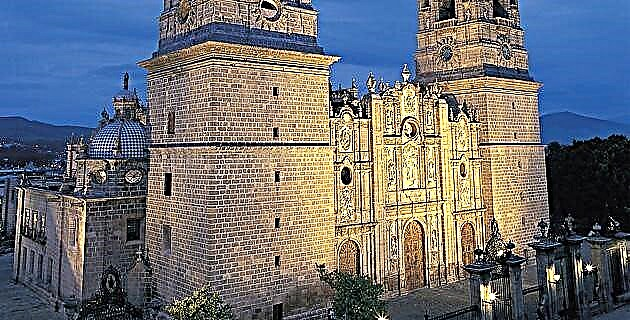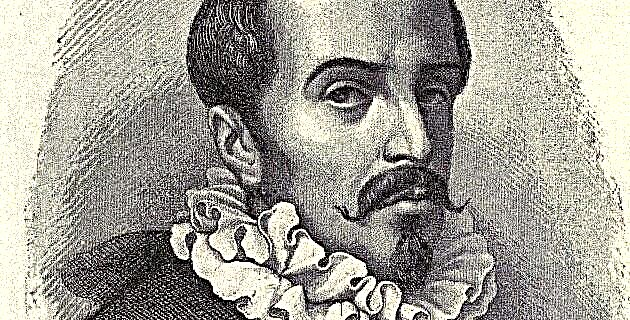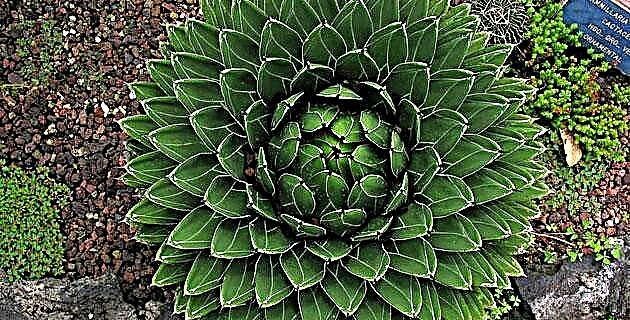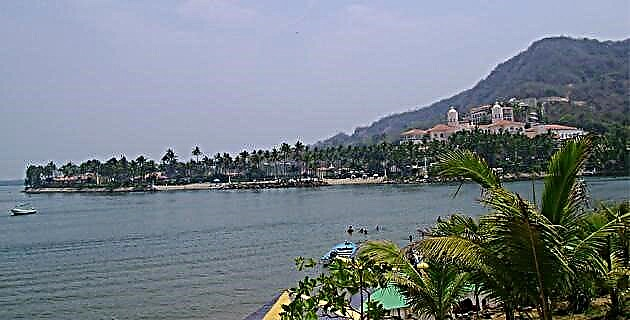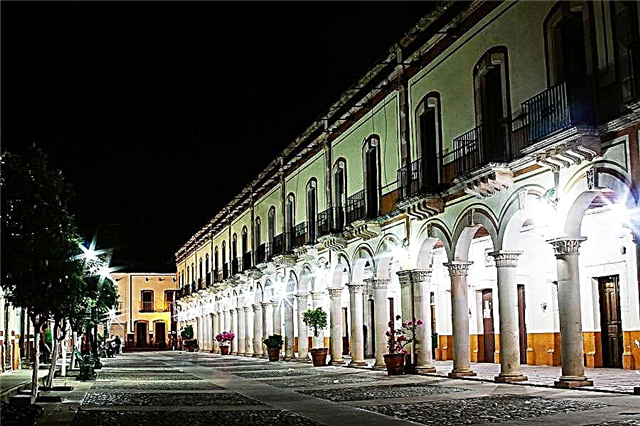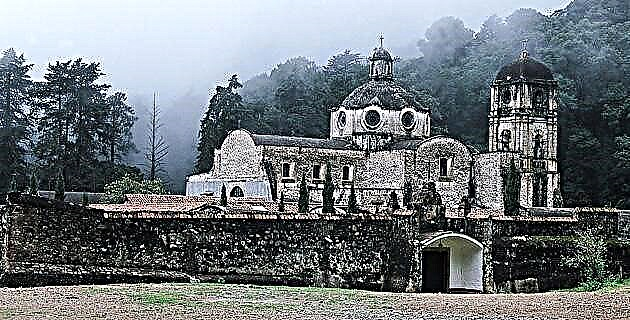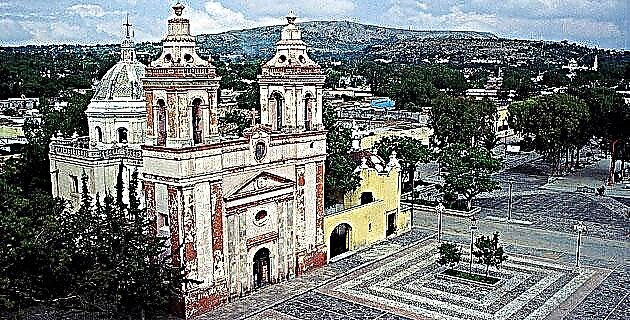
The city of Querétaro, founded on July 15, 1532, was considered the third most important city in New Spain thanks to its strategic geographical location, a situation that allowed it to act as a supply center for the large mining facilities around it.
A city developed under a strong indigenous presence, it merged into a peculiar art and interpreted in its own way the influences of the conqueror, especially those from southern Spain, where Mudejar architecture had left a profound teaching.
Querétaro reached its splendor in the 18th century, when eighteen religious orders settled in the entity that built this great architectural complex that we can admire today and that led it to be declared a cultural heritage of humanity by UNESCO in 1996.
It is mandatory to travel through the Historic Center of the city of Querétaro, from the Sangremal to the Santa Rosa de Viterbo temple, and from its Alameda to the Otra Banda neighborhood, where the environment from the past coexists with one of the cities most powerful in the country. The following monuments cannot be missed on this tour: the Aqueduct, a great work of civil architecture that allowed water to be transported from the springs to the east of the city and thereby consolidate the healthy development of the city during the 18th century, begun in 1723 by the Marquis of Villa del Villar del Águila; Its 72 masonry arches, the largest of them 23 m high, and 13 m clearings, led the water to a system of public fountains that are still preserved, such as that of the Lion, in the Franciscan convent of Santa Cruz. , located in the highest part of the city and end point of the Aqueduct. Among these sources stands out for its quality that of Neptune, in the atrium of the temple of Santa Clara (Madero and Allende); His sculpture (a replica, the original is in the Municipal Palace) is said to have been that of a Christ who was transformed into Neptune, from which it takes its name. It is worth visiting the Hanged Fountain on Zaragoza avenue, the Santo Domingo Fountain and the Hebe Fountain in the Benito Zenea Garden.
Among the civil architecture stands out the building of the Royal Houses, located in the main square, current Government Palace, place from where the corregidora, Mrs. Josefa Ortiz de Domínguez, gives the warning for the independence movement to begin. The Casa de Ecala is located in this same square, on the west side, with a magnificent stone façade, beautifully carved. The Fountain of the Dogs is named for its fountains with four dogs, which frame the column that supports the effigy of the benefactor of Querétaro, the Marqués de la Villa del Villar del Águila. Going down the old Calle del Biombo (today Andador 5 de Mayo) we find the house of the Count of Regla or House of the Five Patios, with its magnificent patio of "polylobed" arches and a remarkable work on the keystone of the arch that frames the access portico, as well as the splendid railing, work of French manufacture probably from the 19th century. We also find the Casa de la Marquesa, an example of lavishly decorated “Mudejar” architecture, today converted into a hotel; Its gate and its false arches that frame the patio are admirable.
Querétaro stands out for its squares, streets and mansions, hence it is suggested to visit its system of squares, where most of these buildings are located. The squares are connected by means of beautiful cobbled streets (cobblestones of hard quarry from the gorge, carved by hand, which give a special character to almost all the streets of the Historic Center) formerly cobbled and their pavements modified in the second half of the century that passes away.
From a more recent period is the Casa Mota, in an austere eclectic style, on Madero Street, in front of Santa Clara –which has an elaborately padded façade–. The Municipal Palace, whose façade also corresponds to the eclectic style, although its internal structure belongs to an earlier era, today it is magnificently restored and is the seat of the Municipal Government; It is located on the south side of the old orchard of the Santa Clara convent –now converted into the Guerrero Garden–, and is flanked by regularly trimmed Indian laurels, which is a constant feature of the squares of the Mexican Bajío.
As for religious architecture, you cannot miss the temple and convent of Santa Rosa de Viterbo, without a doubt the most representative building of an exuberant baroque profusely decorated, where the original painting of its facades, portico, tower, dome and interiors. There are countless elements that cause everyone's admiration: its inverted botorel arches –a feat unparalleled by the architect Mariano de las Casas–, its baroque altarpieces, the lower choir organ –of German origin–, its sacristy, where its table stands out. life-size ornaments and carvings of Christ and the apostles; Its cloister is today the campus of the graphic arts school. The temple and convent of San Agustín, a building completed in the first half of the 18th century, today converted into an Art Museum, is a notable example of the skill of Queretaro stonemasons; its cloister, an example of the “ultra-baroque”, is an incomparable work due to the profusion of its carvings.
The convent and temple of Santa Clara has magnificent baroque altars of gilded wood; In this work stands out his blacksmith work both in the lower choir and in the gallery at the top; the profusion of its decoration is a clear example of the beauty achieved in baroque decoration, its wealth of forms makes its altars, together with those of Santa Rosa de Viterbo, the most characteristic works of the splendor of the golden age of Queretaro.
What does querétaro mean?
There are two versions: one, that the word comes from the Tarascan queretaparazicuyo, which means "ball game", and that it was abbreviated in Querétaro; and the other, of querenda, which in the same language means "large stone or rock", or queréndaro: "place of large stones or rocks".
Twice capital
The city of Querétaro has been the capital of the Mexican Republic twice: the first in 1848, with Manuel de la Peña y Peña being president, and the second in 1916, when Venustiano Carranza occupied the city.

